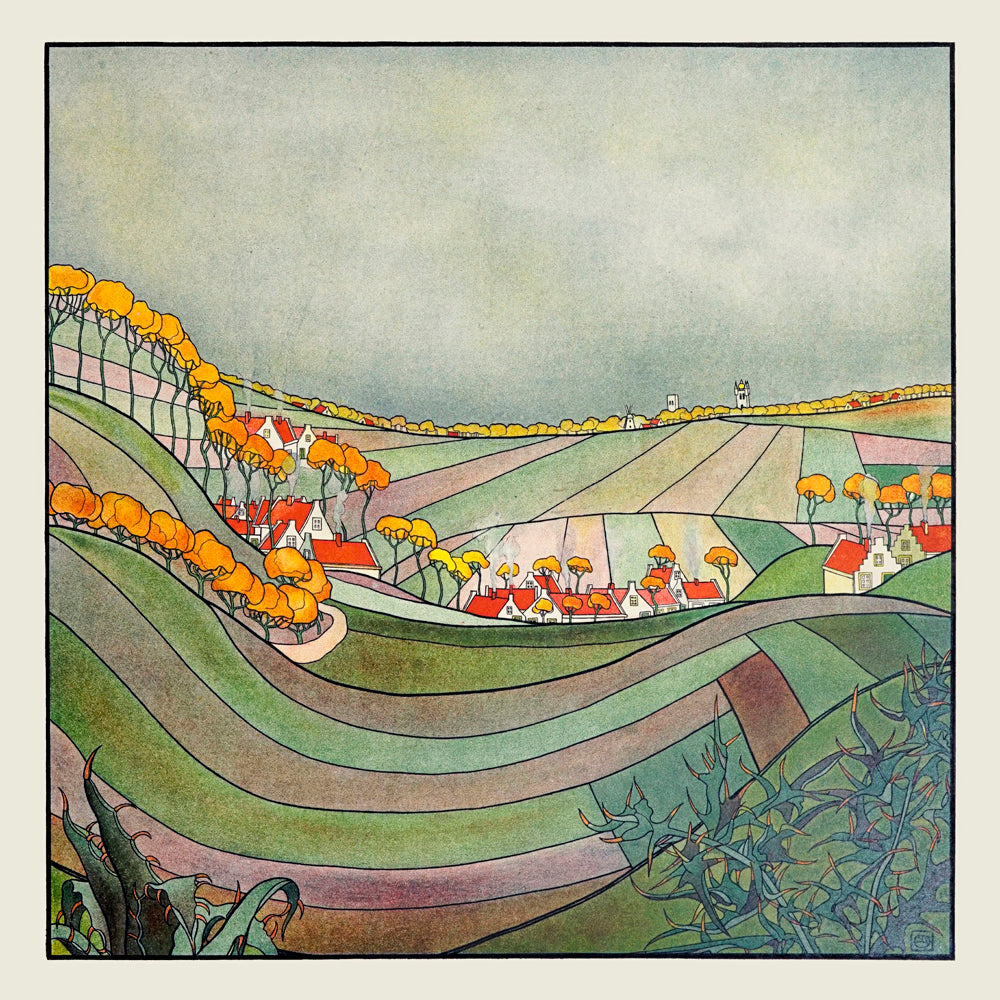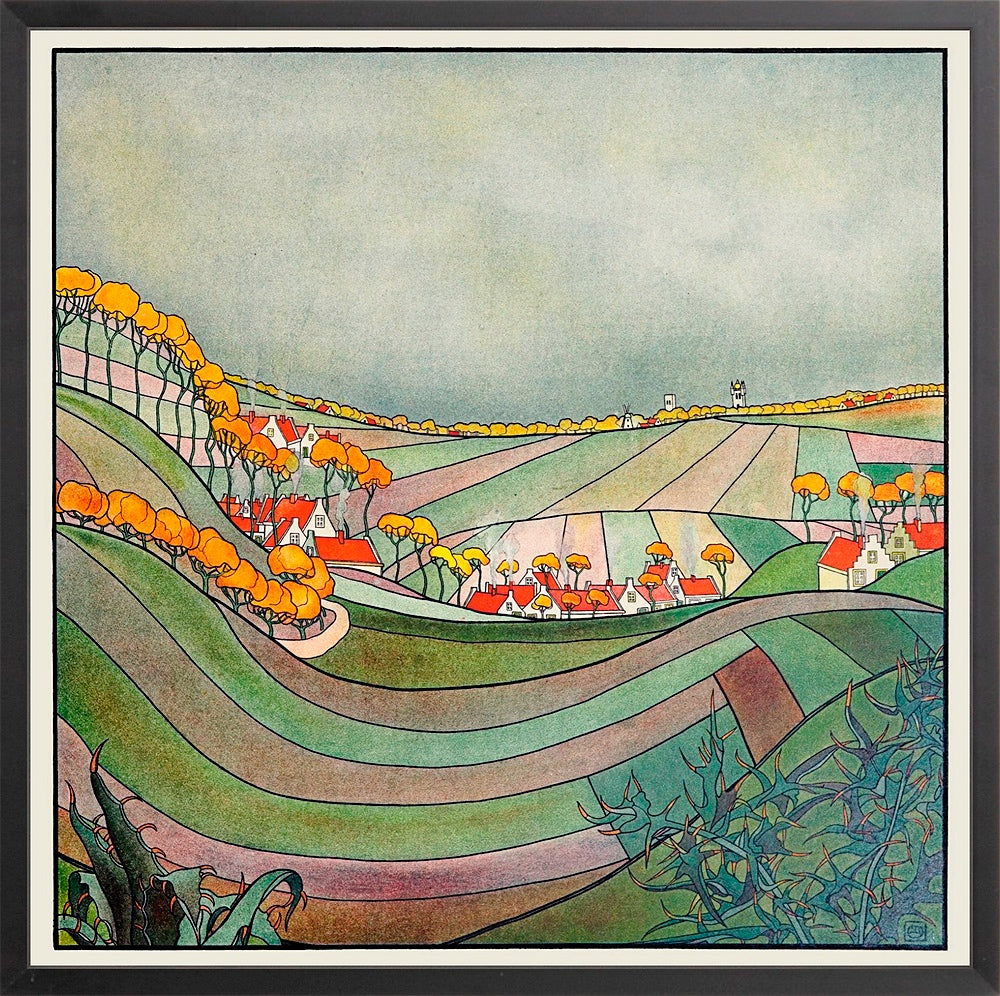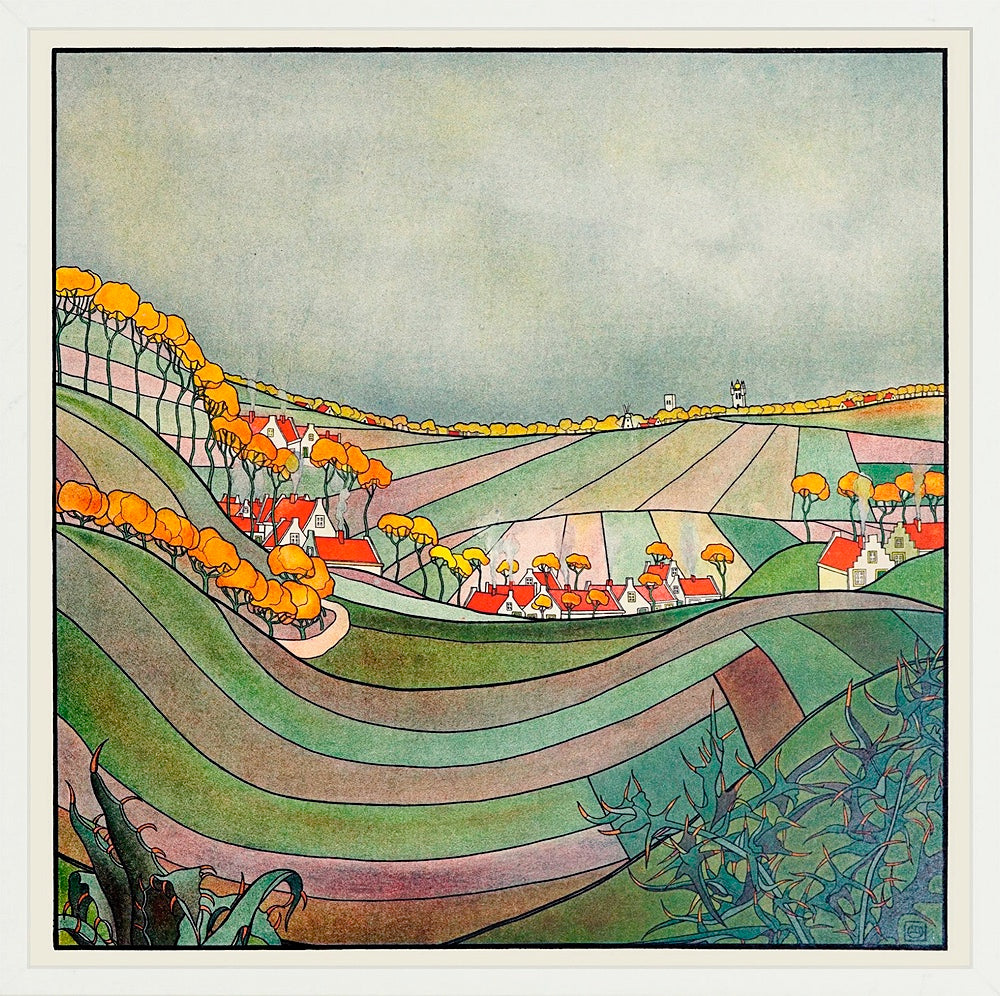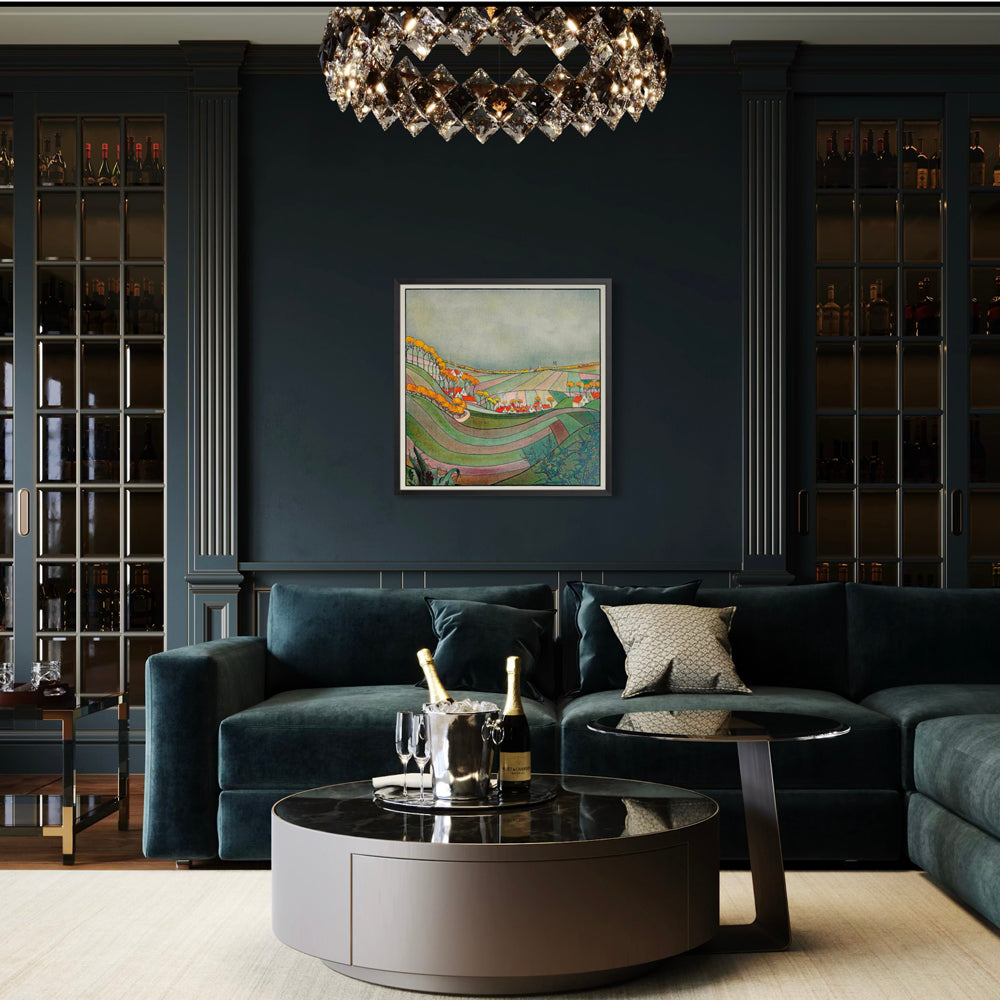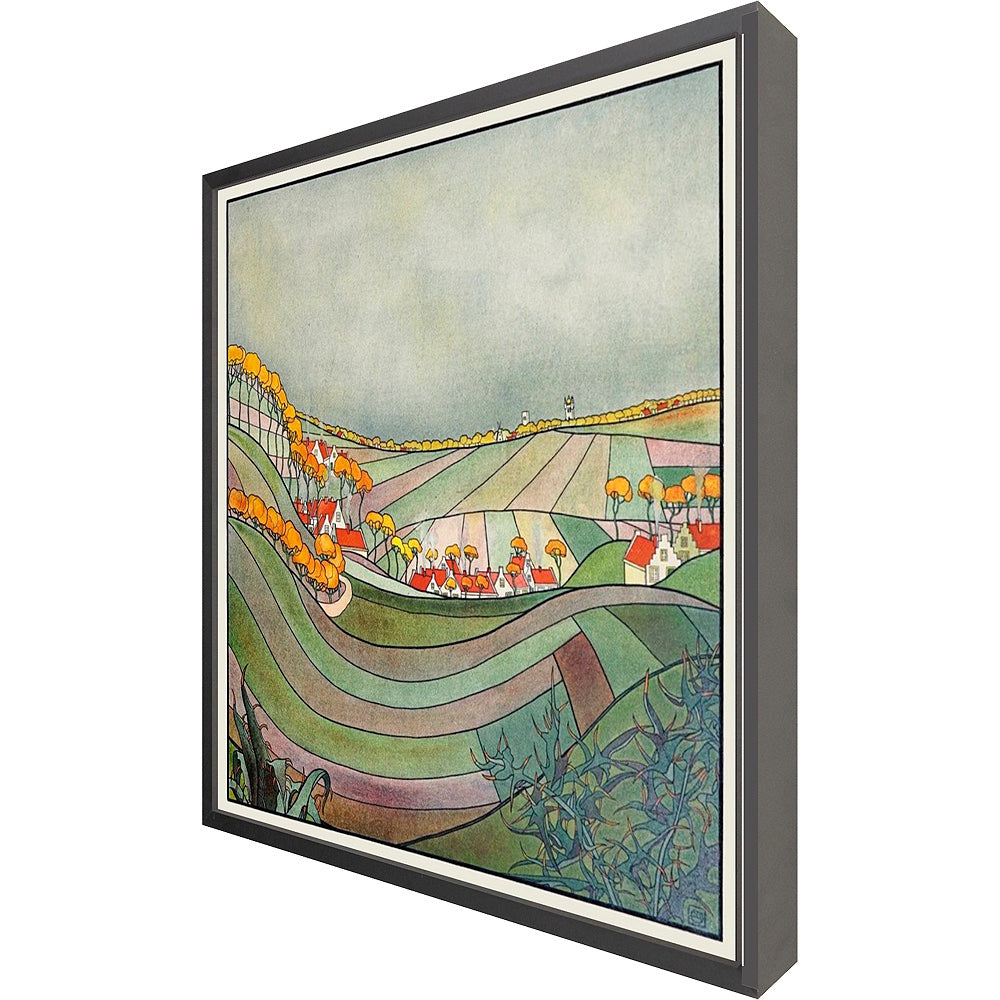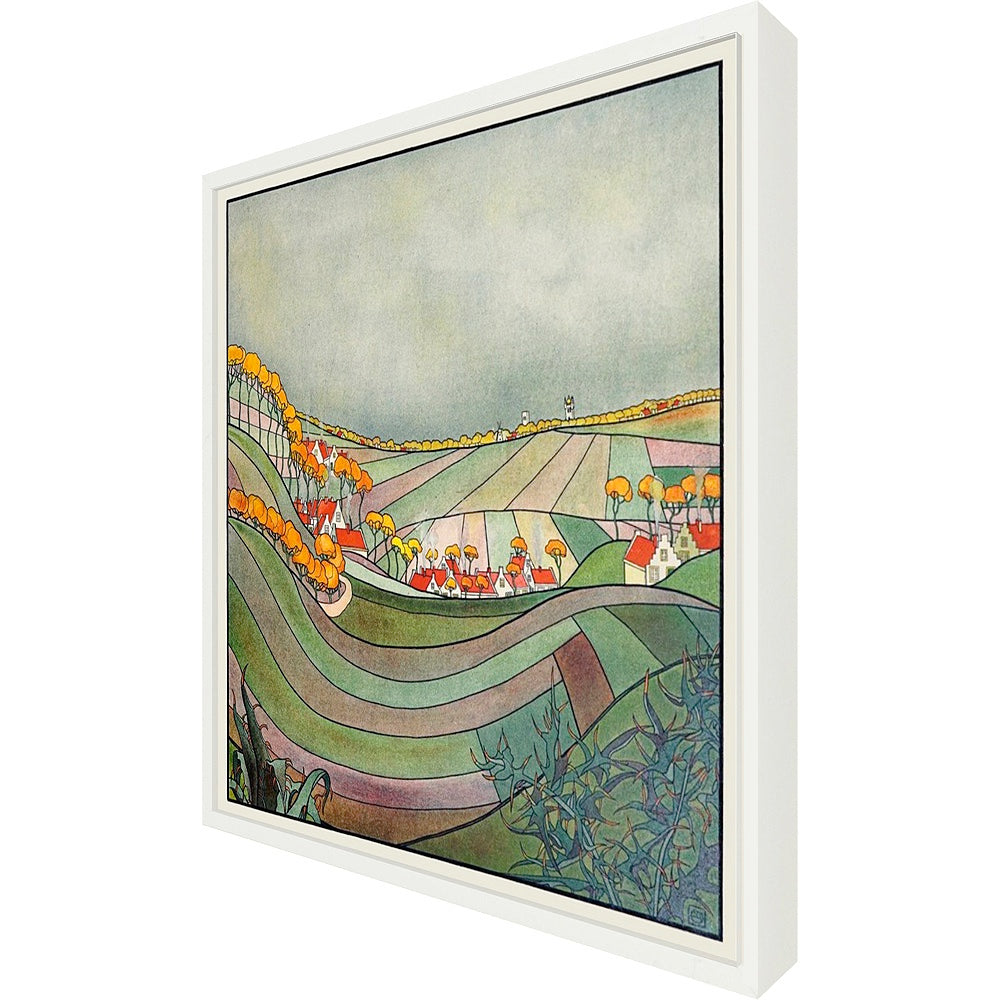LUXE EDITION
Les Labours d'Octobre
Les Labours d'Octobre
Couldn't load pickup availability
Shipping & Return Policy
Shipping & Return Policy
Print delivery: 5–11 days
Framed prints and decor: 2-3 weeks
Returns within 2 weeks
See policies in the footer
Luxe vs. Classic Prints
Luxe vs. Classic Prints
Luxe Prints – Premium prints on a variety of high-end fine art paper options and frames for a sophisticated presentation. Some fit standard frames, while others maintain non-standard historical proportions.
Classic Prints – Affordable, high-quality prints with a smoother finish for sharp detail designed to fit off-the-shelf frames. Classic prints have the word 'classic' above the title and a letter which shows the sizes that the print comes in. Size A– 4x6", 12x18", 16x24", 20x30" B– 6x8", 9x12", 12x16", 18x24", 24x30" C– 8x10", 16x20"
Understanding Our Print Sizes
Understanding Our Print Sizes
Historical prints vary in proportion based on their original format. Whenever possible, we match them to the closest standard size, using common print ratios like 2:3 (e.g., 8x12) or 3:4 (e.g., 9x12). However, resizing some prints can distort the artwork's integrity, so we can only offer them in their original proportions. Additionally, we use different printers for our product lines, and not all sizes are available with every printer.
"Les Labours d'Octobre" (The Plowings of October) paints a vivid picture of an autumn landscape, focusing on the beauty of the land as it is worked for the season's harvest. The rolling hills, patchwork fields, and clusters of red-roofed cottages evoke a serene, idyllic countryside where nature and humans exist in harmony. It conveys a sense of nostalgia for a pre-industrial world and a respect for traditions, where the landscape is shaped by manual labor and not machines.
Why we Picked it
The landscape captures the essence of rural life through stylized, flowing forms and a rich autumnal palette. The rhythmic lines and bold color contrasts draw the viewer’s eye across the composition, celebrating the quiet beauty of agricultural life. The aesthetic is deeply influenced by Japonisme and Art Nouveau, visible in the flattened perspective, bold outlines, and simplified forms, which lend the scene an elegant, almost abstract quality. The warmth of the autumn tones against the cool sky provides a striking visual balance. The aesthetic beauty of this piece is that it resembles stained glass and that it looks both modern yet beautiful like an old stained glass window against a dark background.
Thematically, the artwork celebrates the natural rhythm of the seasons, with October representing a time of preparation before winter. The act of plowing becomes a tribute to hard work, stability, and connection to nature. A text that originally accompanied the artwork references misty hillsides ("côteaux embrumés") and stretches of rich, fertile clay ("glaise grasse") where fragrant clovers once grew. The red roofs ("de beaux toits rouges") breaking up the monotony of the long, weary plain ("la longue plaine lasse") add warmth to the otherwise subdued landscape.
Notable Context
Franz Melchers worked during a time when European artists were reimagining the relationship between art, nature, and modern life. The late 19th to early 20th century was marked by movements like Art Nouveau, which emphasized organic forms, sinuous lines, and nature-inspired motifs—all evident in this composition. The influence of Japonisme—a fascination with Japanese art and aesthetics—seen in the decorative flattening of space, stylized vegetation, and harmonious balance of color. This artwork reflects a cultural longing for simplicity and rootedness, offering an idealized vision of rural life amidst the rapid industrialization and urbanization transforming Europe. It speaks to both a personal and collective desire to preserve the enduring beauty of landscapes shaped by tradition and human care.
About The Artist
Franz Melchers was a Belgian-born painter known for his distinctive blend of naturalism and stylization, often reflecting the influences of Art Nouveau and Symbolism. Active during the late 19th and early 20th centuries, Melchers explored themes of rural life, nature, and the human connection to the landscape. His work is characterized by flowing lines, harmonious compositions, and rich, earthy palettes that evoke both the simplicity and the poetic beauty of everyday scenes. Melchers often employed stylized forms—seen in his rhythmic depiction of fields, trees, and village structures—that give his landscapes a decorative, almost dreamlike quality.
